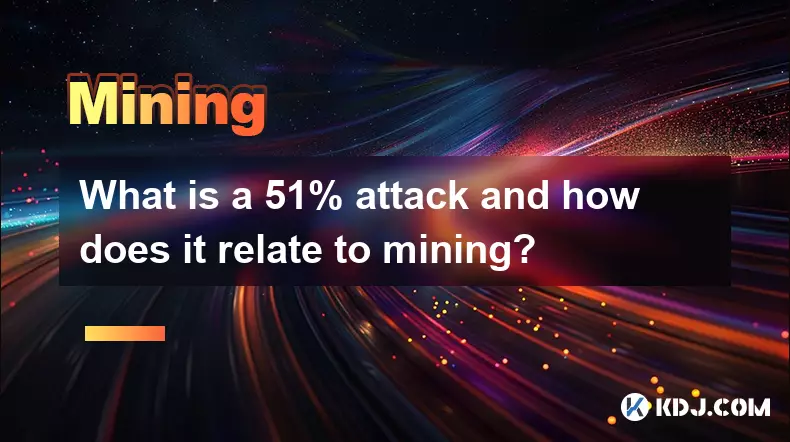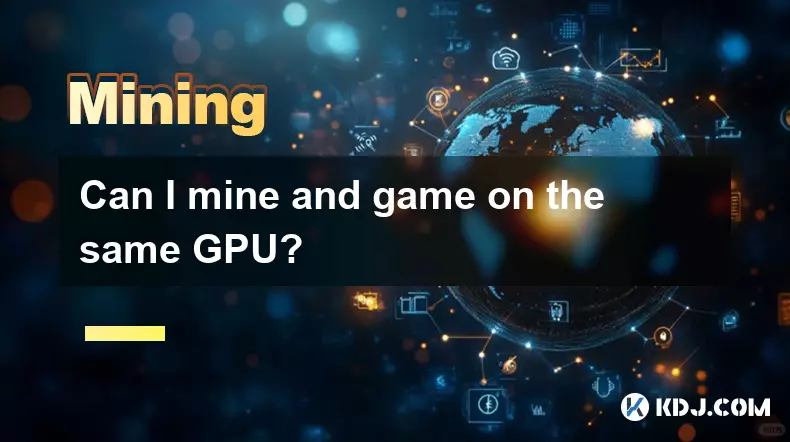-
 Bitcoin
Bitcoin $111200
0.03% -
 Ethereum
Ethereum $4321
0.45% -
 Tether USDt
Tether USDt $0.9999
-0.02% -
 XRP
XRP $2.824
0.89% -
 BNB
BNB $856.7
1.36% -
 Solana
Solana $204.4
0.79% -
 USDC
USDC $0.9998
0.00% -
 Dogecoin
Dogecoin $0.2178
2.21% -
 TRON
TRON $0.3317
-1.04% -
 Cardano
Cardano $0.8334
2.36% -
 Hyperliquid
Hyperliquid $47.48
5.04% -
 Chainlink
Chainlink $22.43
0.45% -
 Ethena USDe
Ethena USDe $1.001
0.01% -
 Bitcoin Cash
Bitcoin Cash $615.9
4.10% -
 Sui
Sui $3.404
2.84% -
 Stellar
Stellar $0.3610
1.92% -
 Avalanche
Avalanche $24.44
1.03% -
 Hedera
Hedera $0.2185
1.99% -
 Cronos
Cronos $0.2710
2.40% -
 UNUS SED LEO
UNUS SED LEO $9.567
0.12% -
 Litecoin
Litecoin $112.4
1.13% -
 Toncoin
Toncoin $3.084
-0.52% -
 Shiba Inu
Shiba Inu $0.00001239
2.12% -
 Polkadot
Polkadot $3.881
2.85% -
 Uniswap
Uniswap $9.394
0.47% -
 Dai
Dai $0.9997
-0.02% -
 Ethena
Ethena $0.7621
16.86% -
 Monero
Monero $269.5
0.69% -
 Aave
Aave $302.2
-1.65% -
 World Liberty Financial
World Liberty Financial $0.1825
-0.64%
How to under-volt a GPU for better mining efficiency?
Undervolting GPUs in mining reduces power consumption and heat without sacrificing hash rate, improving efficiency and lowering operational costs.
Sep 06, 2025 at 03:55 pm

Understanding GPU Undervolting in Cryptocurrency Mining
1. Undervolting a GPU involves reducing the voltage supplied to the graphics card while maintaining stable performance. This practice is widely adopted in the cryptocurrency mining community to improve power efficiency and reduce heat output. By carefully adjusting voltage and clock speeds, miners can achieve a balance where the GPU consumes less electricity without sacrificing hash rate.
2. Modern GPUs, especially those from NVIDIA and AMD, are often set to run at higher voltages from the factory to ensure stability across all use cases. However, mining workloads are more consistent than gaming or rendering, allowing for more aggressive tuning. This makes undervolting a viable method to lower operational costs in large-scale mining setups.
3. The primary benefit of undervolting is reduced power draw. Since mining profitability is heavily influenced by electricity costs, even a small reduction in wattage across multiple rigs can lead to significant savings. Lower power consumption also means less heat generation, which reduces the need for aggressive cooling and lowers ambient temperatures in mining farms.
4. Stability is crucial when undervolting. Pushing the voltage too low can result in crashes, rejected shares, or inconsistent hash rates. Miners must test each voltage setting thoroughly using stress tests and real mining conditions to ensure reliability over extended periods.
5. Tools like MSI Afterburner for NVIDIA cards and AMD Radeon Software for AMD GPUs allow precise control over voltage, core clock, and memory clock. These applications provide real-time monitoring of temperature, power usage, and performance metrics, enabling fine-tuned adjustments specific to mining algorithms such as Ethash or KawPow.
Step-by-Step Guide to Safely Undervolt Your Mining GPU
1. Begin by updating your GPU drivers and monitoring software to the latest versions. Outdated drivers can cause instability during voltage adjustments and may not support the full range of tuning options available on newer cards.
2. Launch your preferred GPU tuning tool and reset any custom profiles to default settings. This ensures a clean starting point and prevents conflicts from previous configurations.
3. Reduce the power limit slider to around 70–80% of its maximum. This caps the total power the GPU can draw, forcing it to operate more efficiently and making it easier to identify optimal voltage curves.
4. Gradually lower the core voltage in small increments—typically 10–25mV steps—while monitoring for artifacts, crashes, or performance drops. After each adjustment, run a mining session for at least 30 minutes to assess stability.
5. Adjust the core clock and memory clock to complement the new voltage settings. In many cases, slightly lowering the core clock while increasing memory clock can yield better efficiency for memory-intensive algorithms like Ethereum’s Ethash.
Monitoring and Optimizing Performance Post-Undervolt
1. Use mining software such as HiveOS, NBMiner, or PhoenixMiner to track hash rate, power consumption, and temperature after applying undervolt settings. Consistent data logging helps identify the most efficient configuration over time.
2. A well-undervolted GPU should maintain 95% or higher of its original hash rate while consuming 15–25% less power. If power savings are minimal or performance drops significantly, revisit the voltage and clock settings for further refinement.
3. Watch for thermal throttling. Even with lower power draw, poor airflow or dust accumulation can still cause temperatures to rise. Regular maintenance of cooling systems ensures that the benefits of undervolting are fully realized.
4. Test different undervolt profiles across various mining pools and algorithms. Some coins may respond better to specific voltage-frequency combinations, allowing for dynamic switching based on profitability and efficiency.
5. Always back up successful undervolt profiles. This allows quick restoration in case of driver updates or system failures, minimizing downtime in continuous mining operations.
Frequently Asked Questions
What tools are recommended for GPU undervolting in mining?MSI Afterburner is widely used for NVIDIA GPUs, offering granular control and real-time monitoring. For AMD cards, AMD Radeon Software provides native tuning capabilities. HiveOS and WinCC also support undervolting through built-in interfaces tailored for mining environments.
Can undervolting damage my GPU?Undervolting itself does not damage the GPU, as it reduces electrical stress and heat. However, improper tuning—such as setting voltages too low or clocks too high—can lead to instability or data corruption in mining results. Always test changes incrementally and under load.
Does undervolting affect warranty?Most manufacturers do not cover overclocking or undervolting under warranty if it leads to failure. However, undervolting typically lowers stress on components, so the risk is minimal. Some miners use firmware reflashing or BIOS modifications, which can void warranty—these should be approached with caution.
Is undervolting effective on all GPU models?Effectiveness varies by model and silicon quality. High-binned chips often allow more aggressive undervolting. Older or budget GPUs may have less headroom, but even modest adjustments can yield measurable efficiency gains in large-scale deployments.
Disclaimer:info@kdj.com
The information provided is not trading advice. kdj.com does not assume any responsibility for any investments made based on the information provided in this article. Cryptocurrencies are highly volatile and it is highly recommended that you invest with caution after thorough research!
If you believe that the content used on this website infringes your copyright, please contact us immediately (info@kdj.com) and we will delete it promptly.
- Coinbase, XRP, and Price Manipulation: What's the Real Deal?
- 2025-09-06 16:25:16
- Ripple, XRP, Millions Offloaded: Should You Worry?
- 2025-09-06 16:25:16
- Pi Coin, Cardano, and Remittix: A Tale of Two Cryptos and a Rising Star
- 2025-09-06 16:50:12
- Crypto ICO Buzz: Why Shiba Inu & Ethereum Investors Are Eyeing Based Eggman ($GGs)
- 2025-09-06 17:45:17
- Trump Media, CRO Tokens, and Acquisition: A New York Minute on the Digital Frontier
- 2025-09-06 16:45:15
- World Liberty, TRON Ecosystem, and DeFi Governance: A Cautionary Tale
- 2025-09-06 16:50:12
Related knowledge

How to connect an ASIC miner to a pool?
Sep 06,2025 at 09:55am
Bitcoin's Role in Decentralized Finance Evolution1. Bitcoin remains the cornerstone of the cryptocurrency ecosystem, providing a foundation for trustl...

Why do mining pools have fees?
Sep 04,2025 at 09:18pm
Understanding the Role of Mining Pools in Cryptocurrency Networks1. Mining pools aggregate the computational power of multiple miners to increase the ...

How to under-volt a GPU for better mining efficiency?
Sep 06,2025 at 03:55pm
Understanding GPU Undervolting in Cryptocurrency Mining1. Undervolting a GPU involves reducing the voltage supplied to the graphics card while maintai...

What is a 51% attack and how does it relate to mining?
Sep 04,2025 at 04:36pm
Understanding the 51% Attack in Blockchain Networks1. A 51% attack occurs when a single entity or group gains control over more than half of a blockch...

Can I mine and game on the same GPU?
Sep 04,2025 at 09:00pm
Running Mining and Gaming Simultaneously on One GPU1. Sharing a single GPU between cryptocurrency mining and gaming is technically possible but comes ...

What is the role of a stratum server in pool mining?
Sep 04,2025 at 06:01pm
Understanding the Stratum Server in Cryptocurrency Mining1. The stratum server acts as a communication bridge between mining pools and individual mine...

How to connect an ASIC miner to a pool?
Sep 06,2025 at 09:55am
Bitcoin's Role in Decentralized Finance Evolution1. Bitcoin remains the cornerstone of the cryptocurrency ecosystem, providing a foundation for trustl...

Why do mining pools have fees?
Sep 04,2025 at 09:18pm
Understanding the Role of Mining Pools in Cryptocurrency Networks1. Mining pools aggregate the computational power of multiple miners to increase the ...

How to under-volt a GPU for better mining efficiency?
Sep 06,2025 at 03:55pm
Understanding GPU Undervolting in Cryptocurrency Mining1. Undervolting a GPU involves reducing the voltage supplied to the graphics card while maintai...

What is a 51% attack and how does it relate to mining?
Sep 04,2025 at 04:36pm
Understanding the 51% Attack in Blockchain Networks1. A 51% attack occurs when a single entity or group gains control over more than half of a blockch...

Can I mine and game on the same GPU?
Sep 04,2025 at 09:00pm
Running Mining and Gaming Simultaneously on One GPU1. Sharing a single GPU between cryptocurrency mining and gaming is technically possible but comes ...

What is the role of a stratum server in pool mining?
Sep 04,2025 at 06:01pm
Understanding the Stratum Server in Cryptocurrency Mining1. The stratum server acts as a communication bridge between mining pools and individual mine...
See all articles

























































































